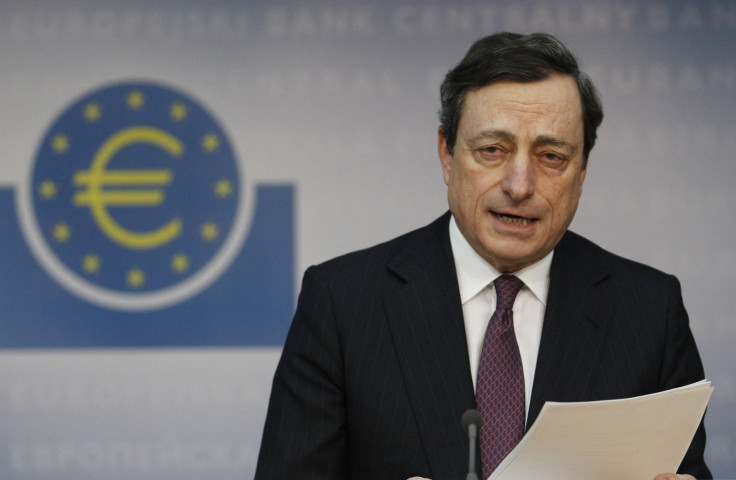Economists See ECB Inaction Leaving Much To Be Desired

This week might be soon remembered as the pivotal moment in which, in spite of all signs pointing to the need for more aggressive action to support the flagging economies of the euro zone, the European Central Bank chose to pass the buck instead.
That certainly seems to be the developing view among bank economists, who are trying to explain to somewhat spooked markets why the president of that central bank would go live with a gloomy assessment of the European economy Thursday, yet still note the bank was unlikely to do anything about it in the near future.
“During the previous months the ECB has adopted important decisions and now it is evaluating how these measures are affecting the economy,” Clemente de Lucia, an economist at French bank BNP Paribas, explained, adding the central bank was in a “wait and see mood,” as it tried to ascertain the effects of its latest round of unconventional monetary policy.
But echoing the concerns of others, de Lucia noted that while “conditions seem to be met for an interest rate cut … we don’t think the ECB will deliver an interest rate cut any time soon.”
Agreeing with that assessment, London-based economists at Japanese financial behemoth Nomura noted that they didn’t expect further loosening of monetary policy in 2012, in spite of the fact that “fiscal tightening, financial deleveraging and sovereign debt market tensions should lead to a deeper-than-expected recession” on the Continent.
The bank economists also predicted that, in 2013, “after a phase of relative calm, markets will likely test the backstop and pressure should rebuild in Q1 around weak sovereigns.”
Indeed, others are saying that high-pressure path is already well on its way.
In a weekly credit-rates report by German financier Deutsche Bank, analysts noted an inflection point in investors' appetite for risk had occurred around Oct. 22, and financial firms were now pulling money from bonds and equities to the sidelines, a situation that raises borrowing costs for cash-strapped countries and affects market liquidity.
The report contained two astonishing graphs, the first one, showing the recent widening in risk spreads for periphery country bonds, which raises borrowing costs for those countries, had not followed trends that linked it previously to the performance of other asset classes.
A second chart validated Deutsche Bank's theory on Oct. 22 being the beginning of a huge sell-off.
All of this, compounded by the ECB inaction, could be bad news for Europe, or as Thomas Harjes, an economist for British bank Barclays wrote on his own summary of the week's event, "imply some GDP contraction in Q4 and delay the robust economic rebound that we have currently penciled in for early 2013."
© Copyright IBTimes 2024. All rights reserved.











